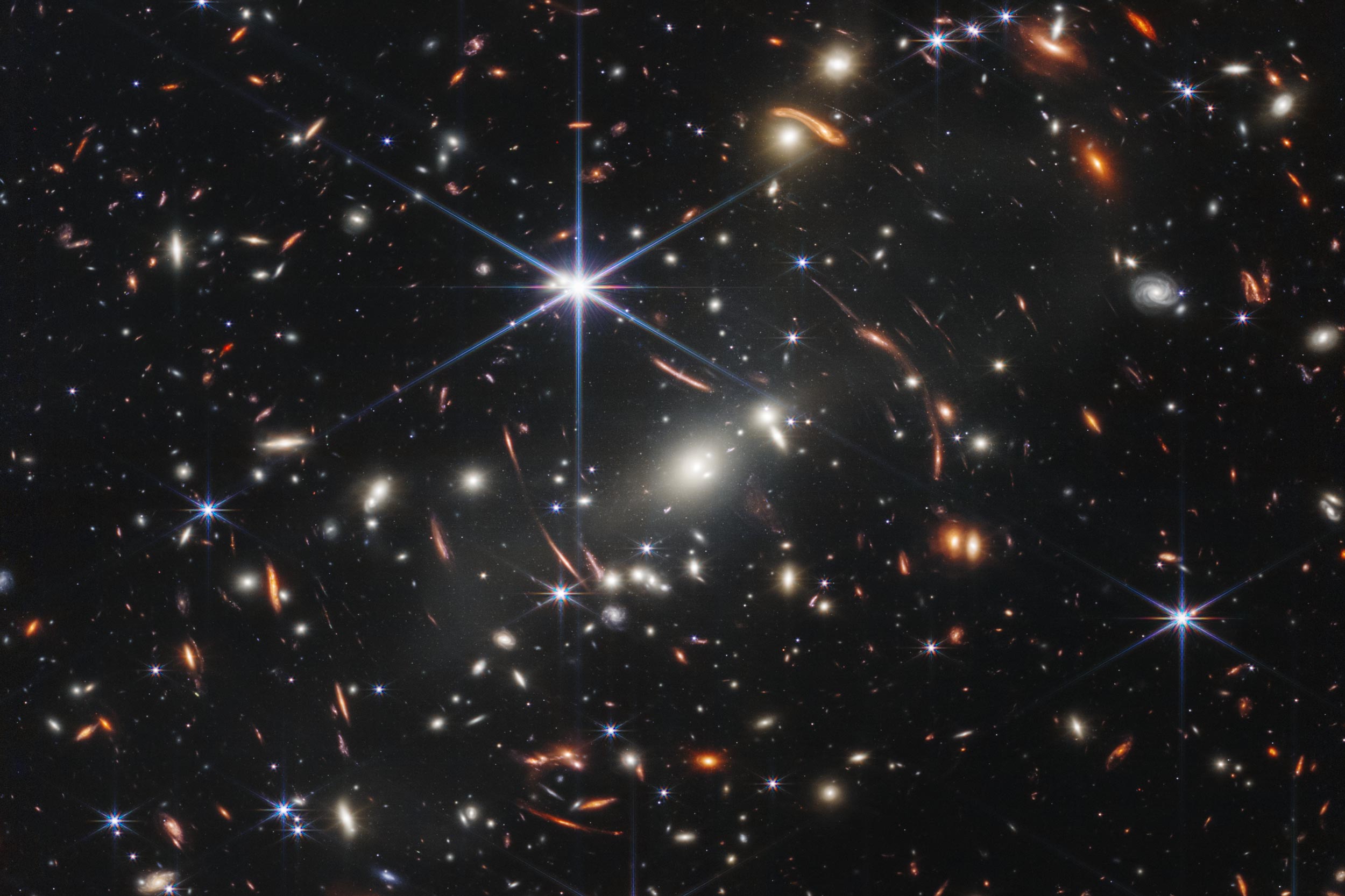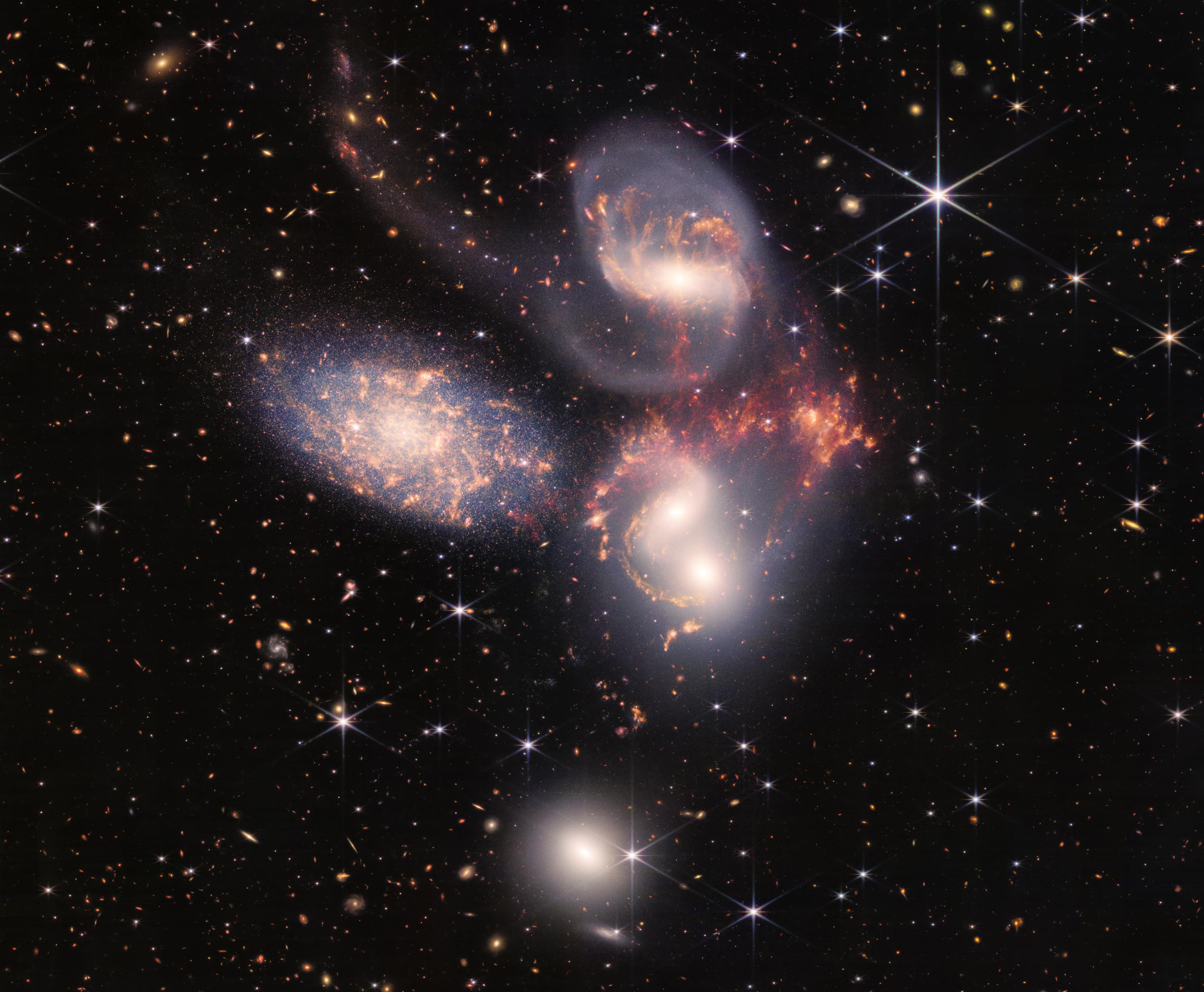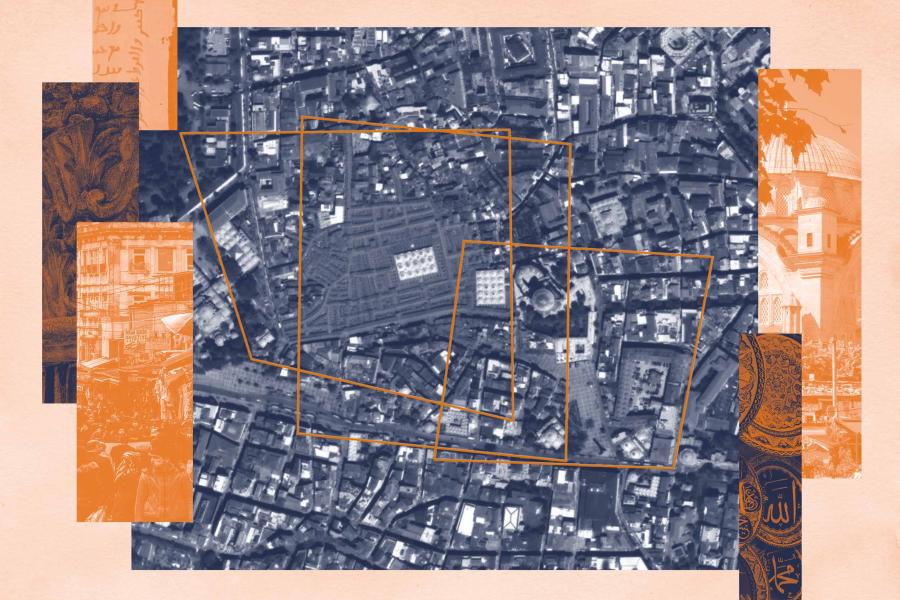Just because I can’t see something, doesn’t mean it isn’t there.
As a University of Virginia fourth-year student, I spent several nights a month at the University’s observatory on Fan Mountain, collecting data with the Rapid Response Robotic telescope for my thesis on astronomical imaging. In the downtime, my friend Robbie and I stood outside and squinted as hard as we could, trying to make out the Andromeda galaxy or identify the planets based on their subtle color variations.
Some things were just too far away for me to resolve (even with an accurate eyeglass prescription), and some radiate types of light my mediocre, three-coned human eyes can’t perceive.
After wearing the honors of Honor, and before joining the team here at UVA Today, I spent a few years working as a communicator at the National Radio Astronomy Observatory, where I became deeply familiar with the fascinating features of cosmological objects that can only shine in radio light.
Although my star-gazing days are largely over, I’ve never stopped thinking about the vastness and beauty of the universe and my place in it. Maybe that’s why I was so awestruck by the first few images from the James Webb Space Telescope.
The successor to the long-lived Hubble Space Telescope, JWST has been 25 years in the making. Now that it’s finally up there and fully online, the advanced telescope has begun capturing and sending us images of distant objects in both optical light we can see and infrared light we can’t – at least not without night-vision goggles.
Dwelling on the curved reddish lines on JWST’s very first image, above, I was taken by the thought of how huge these galaxies in the early universe must have been, that light from the objects behind them literally changes direction, as a leaf floating peacefully on the river meets a waterfall and plummets. I can’t wait to see what other images of our mind-bogglingly beautiful cosmos are yet to come and take my breath away.
And I’m not alone in the feeling.
Kelsey Johnson, president of the American Astronomical Society, UVA astronomy professor, founder of the award-winning “Dark Skies, Bright Kids” outreach program, and all-around powerhouse, sat on the JWST Advisory Committee and Users’ Committee. She shares my sentiment and agreed to answer some of my squishy, emotional questions about how the first images released from the telescope affected her and her hopes for our quest to better understand the universe.










